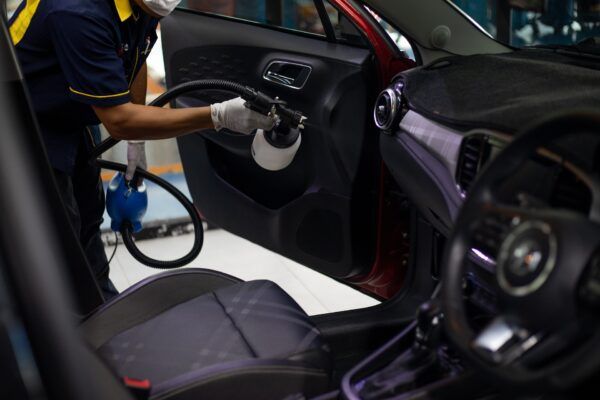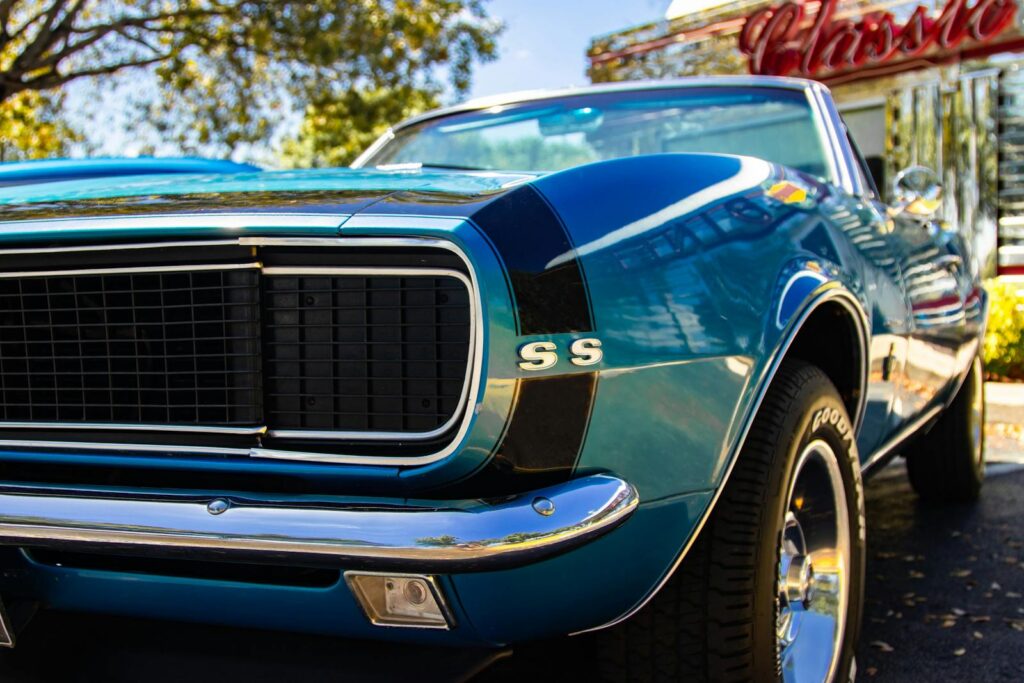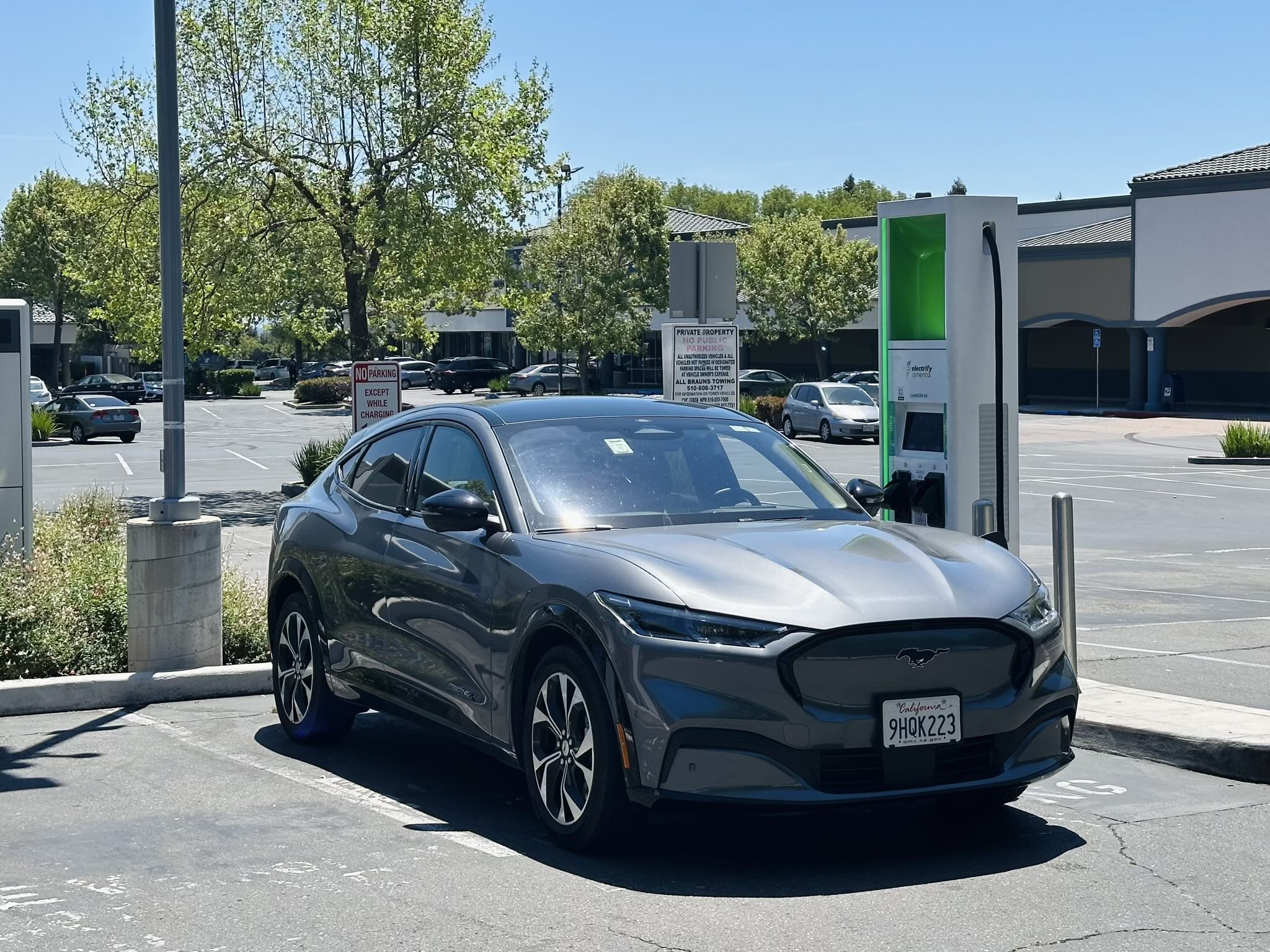
You probably saw the headlines recently: a significant portion of electric vehicle owners are having second thoughts about their greener rides. A new survey by McKinsey & Company reveals a surprising statistic – 46% of American EV owners now state an intention to ‘switch back’ to internal combustion-powered cars. This data has sent ripples through the automotive industry, challenging the long-held belief that once you go electric, you almost never go back. It suggests a more complicated reality for the mainstream adoption of EVs.
This sentiment, once considered unconventional wisdom, is gaining traction precisely as the auto industry pushes to make EVs more accessible to a broader audience, including lower- and middle-income buyers, and those new to the electric world. These new converts, however, are encountering a much tougher road than the forgiving early adopters, especially when it comes to the practicalities of everyday EV ownership. The challenges they face highlight critical areas where automakers, dealers, and charging companies must redouble their efforts to sustain electric momentum.
As Philipp Kampshoff, who leads McKinsey’s Center for Future Mobility in the Americas, rightly points out, it’s crucial not to get fixated solely on the alarming headline. However, the data does serve as “a bit of a clear warning signal that we need to fix these issues quickly.” The reasons behind this growing dissatisfaction are varied, stemming from deeply practical concerns that affect daily life. Let’s explore some of the most compelling reasons why some EV owners are making the U-turn back to gas-powered vehicles.
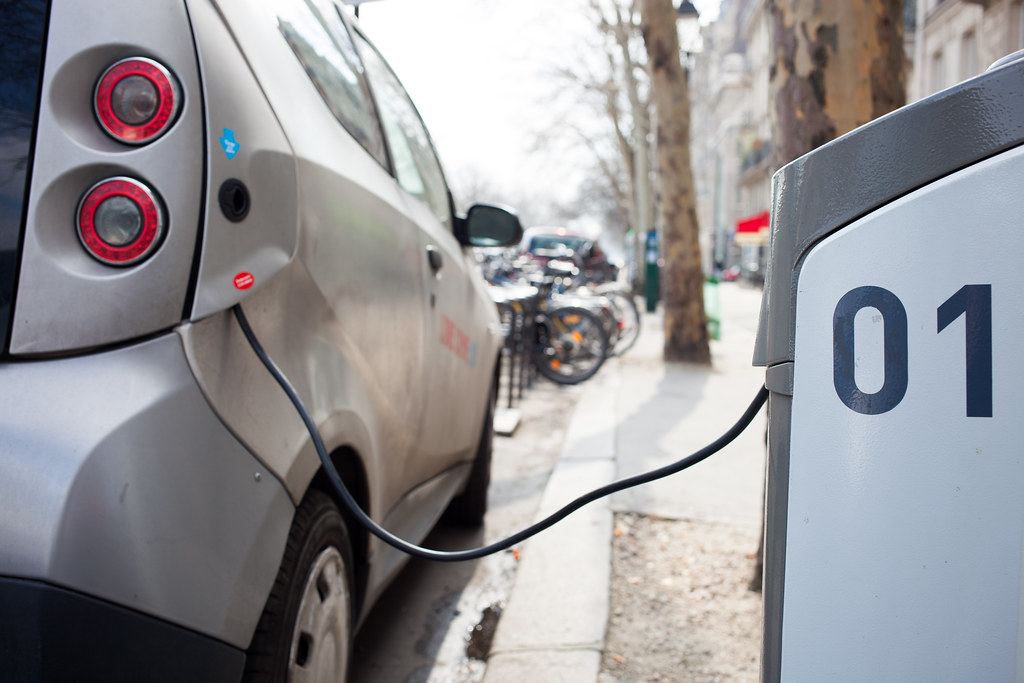
1. **They Don’t Like Waiting to Charge EVs**For many motorists who’ve spent their entire lives operating internal combustion engine cars, the transition to EV charging stations can be a difficult adjustment. The fundamental difference in refueling time is a major pain point; even the supposedly “fast” chargers are agonizingly slow when compared to the rapid process of filling a gas tank. This stark contrast can be a significant source of frustration for owners accustomed to quick stops.
This issue becomes particularly acute for the mainstream crowd now entering the EV market. Unlike early adopters who might have been more patient or had specific charging routines, new owners expect a seamless experience. As Kampshoff observes, for a new generation of buyers, “The frustration gets exacerbated,” especially when faced with unexpected delays or non-functional chargers. The simple act of waiting, which is inherently longer for an EV than for a traditional car, is enough to deter some.
Ultimately, some EV owners grow sick and tired of the mandatory downtime associated with charging. They find themselves constantly watching the clock, or rerouting their journeys based on charger availability and speed. This inconvenience often leads them to yearn for the familiarity and instant gratification of a gas car, where refueling is a matter of minutes, not a significant portion of their schedule.
Read more about: Navigating the 2025 Market: Edmunds’ Expert Guide to the 12 Best New Cars Under $30,000 for Savvy Buyers

2. **They Don’t Find EVs Engaging Enough**For a segment of drivers, the joy of driving is deeply intertwined with the mechanical engagement of a traditional vehicle. If you are someone who is accustomed to the tactile feedback and control offered by a manual transmission car, the experience of driving an EV might feel distinctly foreign. Many driving enthusiasts genuinely insist that true driving mastery comes from the ability to operate a stick shift, where gear changes and engine revs are an integral part of the experience.
EVs, by their nature, offer a different kind of driving experience. While they provide instant torque and smooth acceleration, they often lack the raw, mechanical connection that some drivers crave. The absence of a traditional gearbox, and the single-speed direct drive, means a different interaction with the vehicle’s power delivery. This can lead to a sense of detachment for those who value the intricate dance between driver and machine, making the act of operating an EV less fulfilling or enjoyable.
For these particular motorists, the desire for a more active and involved driving experience is a powerful motivator. They miss the nuanced control and the feeling of being intimately connected to the vehicle’s performance. When the driving experience feels too sanitized or automated, some owners find their enthusiasm wanes, prompting them to consider a return to the more traditional and engaging characteristics of internal combustion engine vehicles.
Read more about: More EV Owners Are Switching Back to Gas: A Verge Analysis of Why the Electric Dream Isn’t Always Sticking
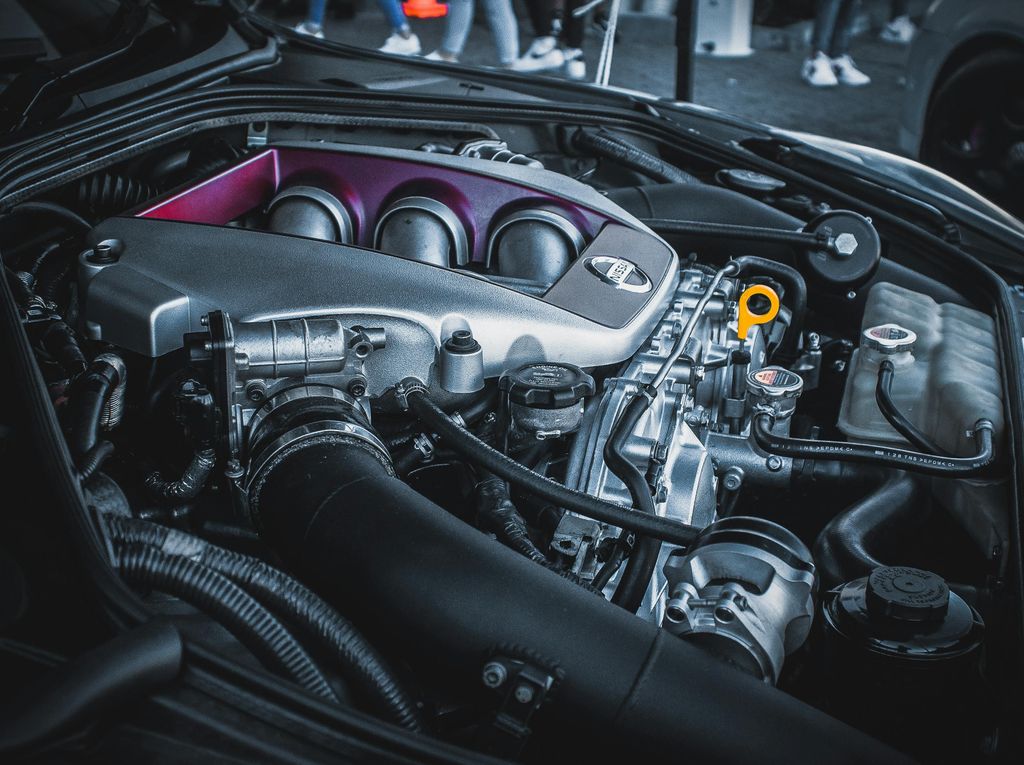
3. **They Like the Sound of a Motor**Another compelling, albeit often overlooked, reason some individuals decide to end their EV journey and return to gas-powered cars is a simple, visceral preference: they enjoy the sound of an engine. The characteristic rumble, roar, or purr of an internal combustion engine is more than just noise for many; it’s an intrinsic part of the driving experience, providing auditory feedback and a sense of power and presence that EVs typically lack.
Electric vehicles are renowned for their quiet operation, which is a major selling point for many. However, for some motorists, this silence can be unsettling or even sterile. They miss the aural cues that accompany acceleration, gear shifts, and simply idling. The absence of engine noise can make the driving experience feel less dynamic and less connected to the mechanical processes underway.
While some EV manufacturers have attempted to address this by including software that enables drivers to generate artificial engine sounds, many enthusiasts dismiss these as mere imitations. They argue that a fabricated sound cannot replicate the authentic, organic acoustics of a genuine motor. This yearning for the real, unadulterated sound of a working engine is a surprisingly strong factor that drives some EV owners back to the familiar, louder world of gas cars.
Read more about: The Secret to Ageless Style: 9 Celebrity-Inspired Outfits for Women Over 60 to Elevate Your Wardrobe

4. **They Have a Hard Time Finding Public Charging Stations**One of the most frequently cited pain points for EV owners, and a major driver of the switch-back trend, is the challenge of locating and reliably using public charging stations. Depending on where an owner lives or travels, the infrastructure can be dramatically uneven. While bigger cities might offer a decent density of chargers, there are vast regions where they are few and far between, turning a simple recharge into a stressful hunt.
This critical infrastructure gap is not just about quantity; it’s also about reliability. Kampshoff highlights that America’s DC fast charging infrastructure, despite recent improvements, “still struggles with both abundance and reliability.” This means that even when a station is found, there’s no guarantee it will be operational or provide the expected charging speed. This uncertainty is particularly frustrating for new EV owners, who are increasingly relying on public charging infrastructure, expecting it to function as smoothly as a gas station.
The McKinsey study explicitly points out that “a whopping 35% of global EV owners are irked by the lack of charging stations,” with the U.S. ranking particularly high in this frustration. The situation is exacerbated for younger owners and those with young families, who cannot afford to waste precious time searching for or waiting at broken chargers. “Imagine having little children in the car and having to do a detour for half an hour to find a fast charger, and it’s not working,” Kampshoff vividly illustrates the exasperation. This widespread dissatisfaction with the charging network is a primary reason many are abandoning their electric vehicles.
Read more about: More EV Owners Are Switching Back to Gas: A Verge Analysis of Why the Electric Dream Isn’t Always Sticking
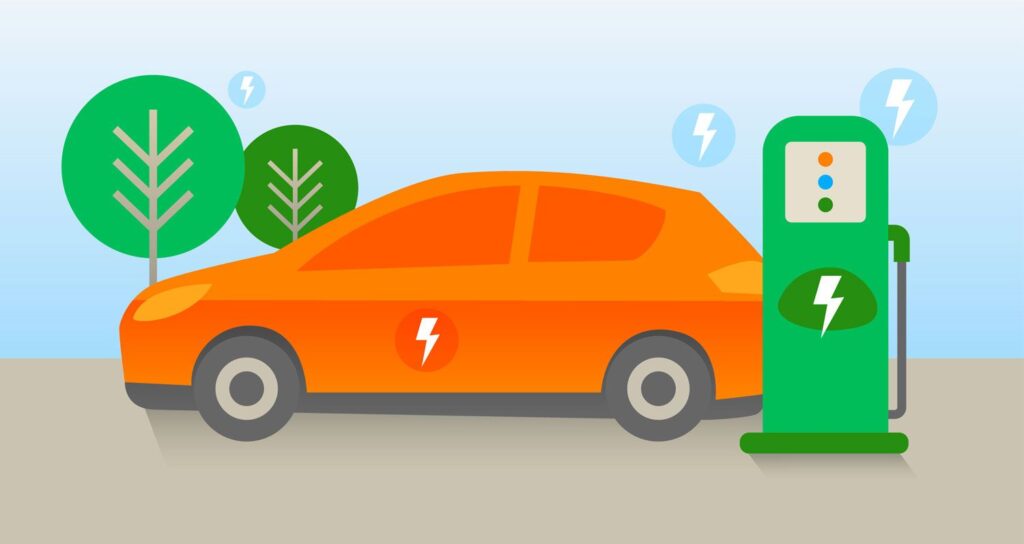
5. **They Get Sick of the Higher Cost of Ownership**While the promise of long-term savings often entices buyers into the EV market, the reality of ownership costs can be a stark awakening for some. The initial purchase price remains a significant hurdle; Kelley Blue Book noted that the average cost to buy an EV in June was $56,371, considerably higher than the $48,644 for a comparable gas-engine car. Even with incentives, the upfront investment is substantial.
Beyond the sticker price, EV owners can be shocked by other financial burdens. Kelley Blue Book further indicates that EVs frequently require costlier repairs than their internal combustion engine counterparts. This is often due to specialized components, fewer qualified mechanics, and the intricate nature of electric powertrains. Additionally, insuring an EV could be more expensive, adding another layer to the overall cost of ownership that many don’t anticipate.
Adding to these financial anxieties is the unpredictable nature of resale values. Kampshoff mentions that a “major turn-off for some current owners” has been the loss of a huge amount of their car’s resale value due to last year’s spate of price cuts. This combination of higher initial cost, potentially expensive repairs, increased insurance premiums, and uncertain depreciation can quickly erode the perceived economic benefits, leading some owners to conclude that the “eco-friendly” route is simply too costly for their budget.
Read more about: More EV Owners Are Switching Back to Gas: A Verge Analysis of Why the Electric Dream Isn’t Always Sticking
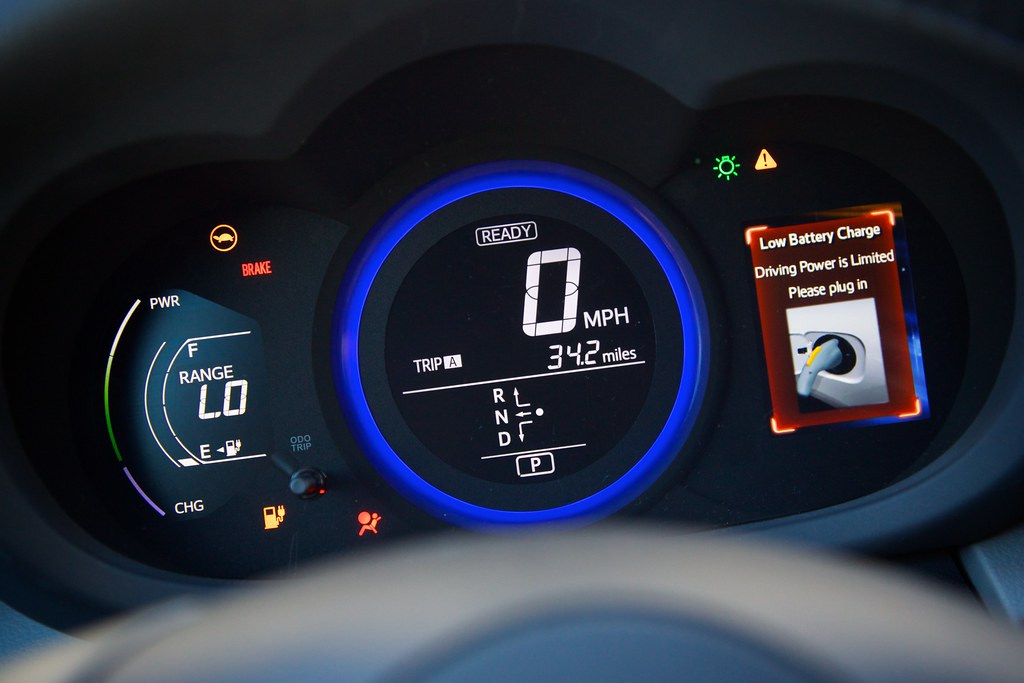
6. **They Can’t Get Over Range Anxiety**Despite advancements in battery technology and increasing ranges for electric vehicles, range anxiety remains a persistent and very real concern for many drivers. A report indicates that a substantial 76% of prospective EV owners harbor worries about their battery lasting long enough for a trip. While this concern does tend to diminish over time, with only about 6 in 10 current owners still reporting such feelings, it doesn’t entirely disappear.
For individuals who frequently undertake long-distance driving, the thought of running out of charge in an unfamiliar area or being stranded between charging stations can be a constant source of stress. Unlike a gas car, which can be refueled quickly and almost anywhere, planning EV trips requires careful consideration of charging stops, often adding significant time and mental burden to the journey. This ongoing psychological strain makes the prospect of a long drive less appealing.
The McKinsey study further highlights this issue, noting that “32% of owners find it more trouble than it’s worth, with constant stops to charge dampening the appeal of long journeys.” Furthermore, “40% say there aren’t enough charging spots on major routes to make the leap,” severely impacting road trip plans. For these drivers, the peace of mind offered by hundreds of miles of range in a gas car, with readily available refueling options, becomes an irresistible draw, leading them to ditch their EVs.
Read more about: Level Up Your Love Life: 14 Relationship Deal-Breakers You Absolutely Can’t Ignore, According to Experts
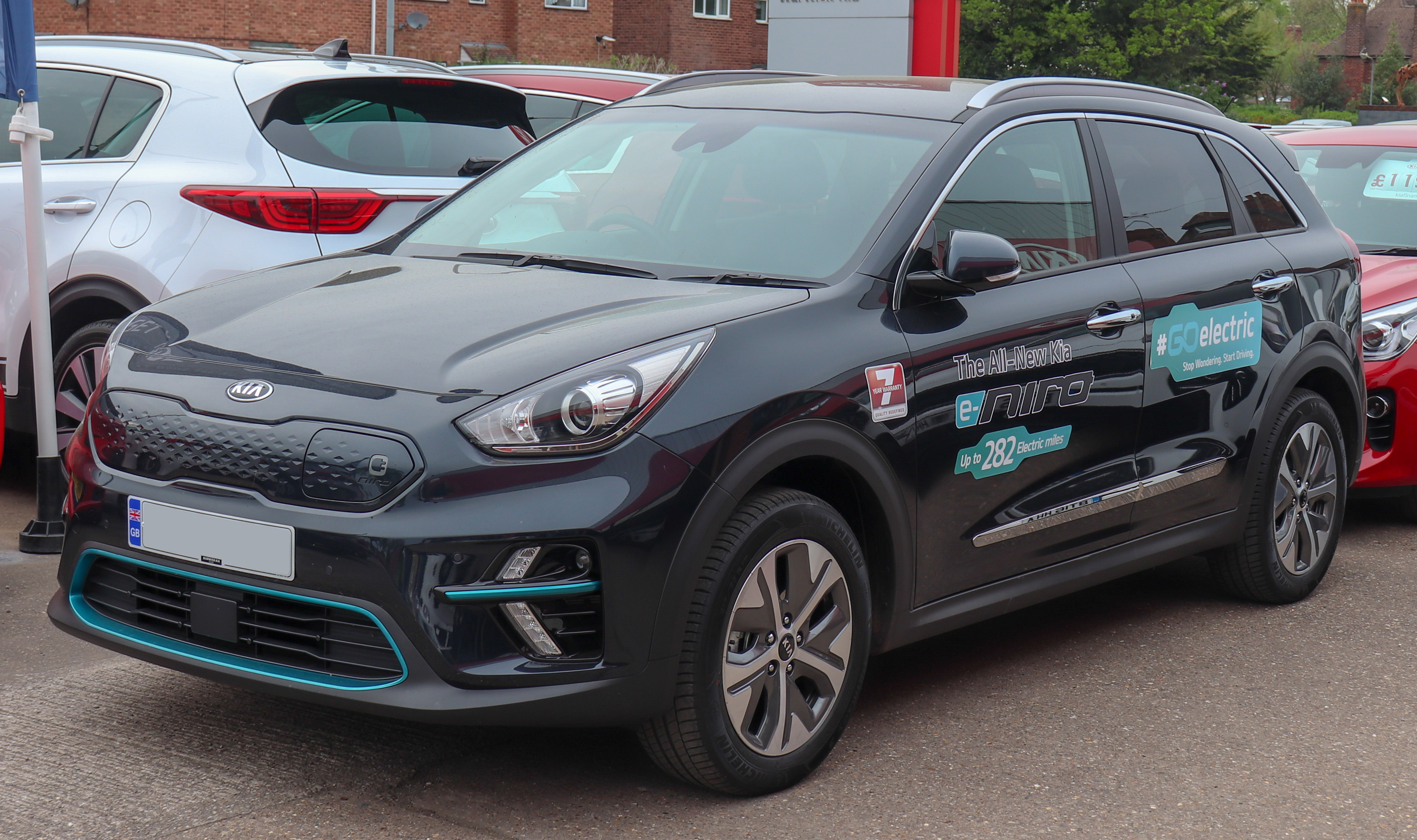
7. **They Don’t Like the Range Hit When It’s Cold**One of the most frustrating performance issues for EV owners, particularly those residing in colder climates, is the significant reduction in range when temperatures dip below freezing. Drivers commonly report a 20% range loss under these conditions, a factor that can dramatically impact the practicality of their electric vehicle. This phenomenon is a harsh reality for many who expected consistent performance year-round.
For an EV that already has a modest range, a 20% reduction can render it nearly unusable for daily commutes or planned trips during winter months. The cold not only affects the battery’s capacity but also increases the energy demand for cabin heating, further draining the charge. This means more frequent charging, longer charging times, and the constant stress of managing a diminished range, especially when public charging infrastructure is already a concern.
This cold-weather penalty is a significant departure from the reliable performance of gas cars, which start easily and deliver consistent mileage regardless of the external temperature. The added inconvenience and reduced utility during a substantial portion of the year can push EV owners to their breaking point. For them, the consistent and predictable performance of a traditional vehicle, unaffected by the whims of the thermometer, becomes a compelling reason to switch back to gasoline power.
Read more about: Beyond 60: Ditching the Drab! 15 Fashion Fixes to Instantly Elevate Your Style and Radiate Confidence Now

8. **They Can’t Live With the Lower Range While Towing**For those who rely on their vehicles for towing trailers, boats, or other heavy equipment, the electric vehicle experience often presents a significant drawback. While some modern EV trucks, like the Rivian R1T or Ford F-150 Lightning, are demonstrating impressive capabilities, the real-world impact of towing on their range can be quite dramatic. This is a critical factor for many drivers who need their vehicle to perform reliably under heavy loads.
The context reveals that towing an EV can slash its range by as much as 50% compared to its non-towing performance. This substantial reduction means more frequent stops to charge, extended wait times at charging stations, and a general decrease in practicality for long-haul journeys. For owners accustomed to the robust and consistent performance of gas-powered trucks and SUVs for heavy-duty tasks, this limitation can be a deal-breaker, making their EV feel insufficient for their specific needs.
Ultimately, the inconvenience and reduced utility associated with towing in an EV lead many owners to reconsider their choice. They might find themselves constantly calculating range, altering travel plans, or simply not being able to undertake the towing tasks they need to. This practical constraint drives a segment of EV owners back to traditional gasoline vehicles, which continue to offer greater confidence and convenience for demanding hauling requirements, emphasizing that EVs “just aren’t there yet” for every heavy-duty user.
Read more about: More EV Owners Are Switching Back to Gas: A Verge Analysis of Why the Electric Dream Isn’t Always Sticking
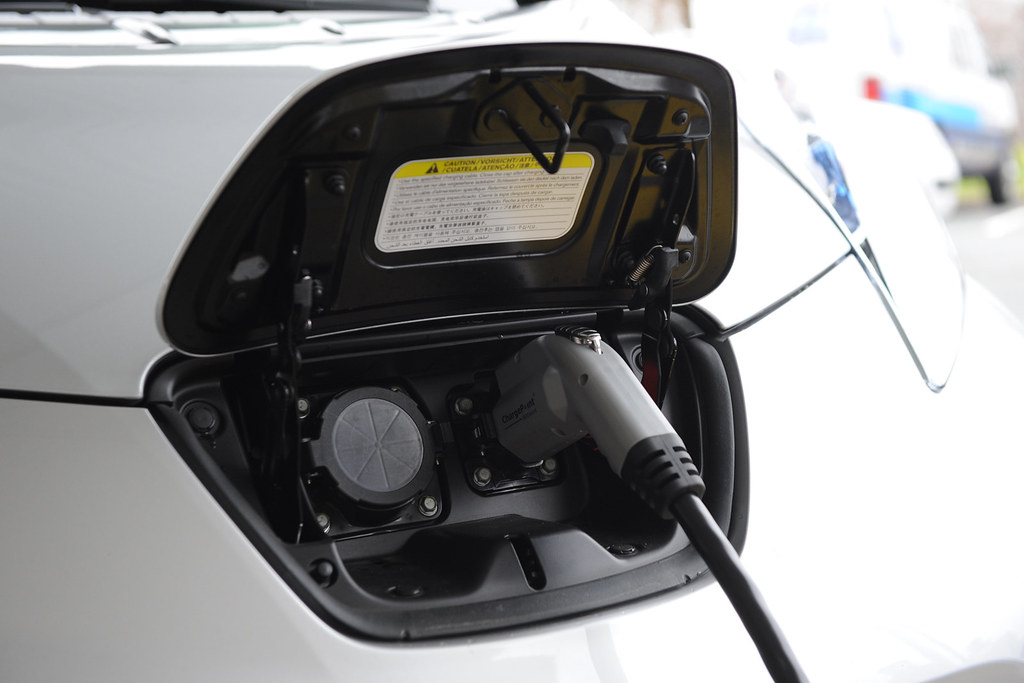
9. **They Can’t Charge at Home**One of the often-touted advantages of owning an electric vehicle is the convenience of “filling up” at home, akin to waking up with a full tank of gas every morning. However, this ideal scenario isn’t a reality for everyone, and the inability to charge at home is a major source of frustration for a considerable number of EV owners. This practical hurdle can quickly erode the perceived benefits of electric mobility.
Not all living arrangements are conducive to installing a dedicated EV charger. Individuals residing in apartments, condominiums, or rental properties often face significant obstacles, including landlord restrictions, complex installation processes, or a complete lack of suitable electrical infrastructure. As Philipp Kampshoff of McKinsey’s Center for Future Mobility notes, a growing number of new EV buyers “may live in apartments without easy access to charging,” a stark contrast to the early adopters who often owned single-family homes.
When home charging isn’t an option, owners are forced to rely heavily on public charging stations, which, as discussed previously, come with their own set of challenges regarding availability and reliability. This constant search for public power points turns daily commutes and travel into a stressful chore, leading to a sense of regret about their vehicle purchase. The McKinsey study explicitly highlights that an “inability to charge at home for whatever reason” is a familiar pain point for those considering switching back.
Read more about: Hollywood Heartthrobs & Music Moguls: The Unbelievable Details Behind Sydney Sweeney and Scooter Braun’s Shocking New Romance!
10. **They Realize EVs Aren’t What They Expected**For many consumers, the decision to purchase an electric vehicle is driven by high expectations of a futuristic, hassle-free, and environmentally superior driving experience. They envision seamless charging, ample range, and a significant reduction in running costs. However, the reality of EV ownership can sometimes fall short of these initial projections, leading to disillusionment and a desire to revert to gas-powered cars.
This sense of unmet expectation often stems from encountering the very practical difficulties that mainstream EV owners are now experiencing. When initial excitement gives way to the daily grind of managing range anxiety, struggling with home charging limitations, or dealing with the higher true cost of ownership, the sheen of EV novelty can quickly wear off. The context mentions that these owners “get disillusioned — realizing that EVs aren’t what they expected.”
The gap between aspiration and reality can be substantial, especially for those who weren’t fully prepared for the lifestyle adjustments required by an EV. If these difficulties become too pervasive or inconvenient, owners may feel compelled to “get off the EV Express sooner rather than later.” This candid admission underscores that for some, the electric dream simply doesn’t align with their everyday practical needs or expectations, prompting them to seek the familiarity and perceived ease of gasoline vehicles.
Read more about: More EV Owners Are Switching Back to Gas: A Verge Analysis of Why the Electric Dream Isn’t Always Sticking

11. **They Worry About Battery Degradation**The battery is the heart of an electric vehicle, and its health and longevity are paramount concerns for owners. While some reports suggest that EV batteries can last up to two decades, assuming an average degradation rate of 1.8% annually, the specter of battery degradation looms large for many. This concern often becomes a significant factor in an owner’s decision to switch back to a gas car, particularly when considering long-term reliability and financial outlay.
The fear is not entirely unfounded, as there have been “high-profile cases of EV batteries going kaput,” forcing owners to confront potentially exorbitant replacement costs that could run into “tens of thousands.” Such incidents highlight a vulnerability that gas car owners typically don’t face with their powertrains to the same degree. The thought of unexpected, massive expenses for a battery replacement can be a powerful deterrent, especially as a vehicle ages.
Furthermore, concerns about battery life directly impact the resale value of an EV. As the market for used EVs is still maturing, buyers are often “wary of purchasing used EVs due to concerns about battery life and expensive replacement costs.” This uncertainty about future value and the potential for a costly battery failure pushes some current EV owners to “bail” and return to the more predictable, and arguably less financially risky, world of internal combustion engine vehicles, where engine and transmission issues are often more understood and repairable.
Read more about: More EV Owners Are Switching Back to Gas: A Verge Analysis of Why the Electric Dream Isn’t Always Sticking
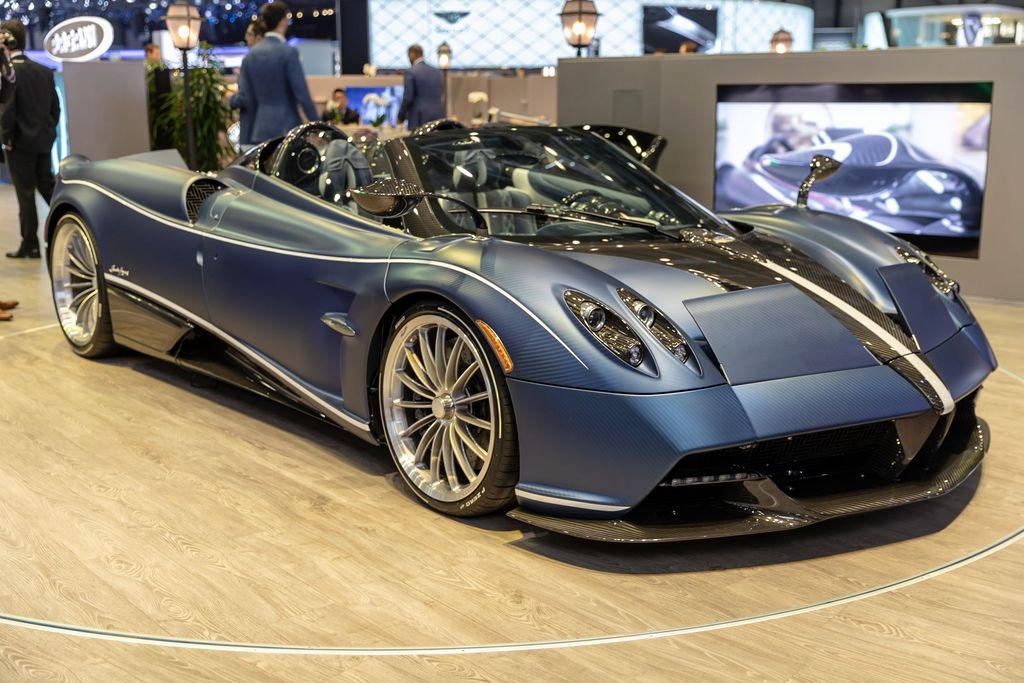
12. **They Have Trouble Finding Mechanics Specializing in EVs**Maintaining any vehicle requires access to qualified mechanics, but for electric vehicle owners, this can become a surprisingly challenging endeavor. Unlike the widespread availability of technicians for gas- or diesel-engine cars, finding mechanics with the specialized skills and equipment to work on EVs is often more difficult, particularly outside of major metropolitan areas or authorized dealerships. This scarcity can lead to considerable inconvenience and frustration.
The specialized nature of EV components, from high-voltage battery systems to complex software, means that not every repair shop is equipped or trained to handle them. This often translates into “fewer qualified mechanics” and “longer wait times for service,” as the context highlights. Owners might find themselves needing to “travel further to get the help” they need, turning what should be routine maintenance or repair into a logistical headache.
This issue also contributes to the higher cost of repairs, as specialized knowledge and parts command a premium. For those accustomed to the “good old days of easily finding mechanics to work on your gas- or diesel-engine vehicles,” the current landscape for EV servicing can be a major source of regret. The lack of readily available and affordable repair options adds another layer of complexity to EV ownership that many are not prepared to endure, ultimately pushing them back to the familiar embrace of internal combustion technology.
Read more about: More EV Owners Are Switching Back to Gas: A Verge Analysis of Why the Electric Dream Isn’t Always Sticking

13. **They Bought the Wrong One**Sometimes, the issue isn’t with electric vehicles as a concept, but rather with the specific EV an individual chose, or how that choice aligns with their personal usage patterns. Buying an electric vehicle that doesn’t fit one’s lifestyle or driving habits is a surefire way to “drive someone to ditch an EV and return to a gas car faster.” This simple misalignment can lead to profound dissatisfaction, regardless of the vehicle’s inherent qualities.
A prime example is purchasing an EV with a small range when one frequently undertakes long-distance driving. Such a mismatch guarantees a frustrating ownership experience, characterized by constant range anxiety and excessive time spent at charging stations. The context vividly states that if you buy the wrong EV, “you’ll want to pull out your hair if you spend as much time at charging stations as on the road.”
This problem often stems from a lack of proper education or realistic assessment during the purchase process. New buyers, especially those unfamiliar with EV nuances, might be swayed by initial incentives or perceived benefits without fully understanding the practical implications for their unique needs. When the daily reality hits, the impracticality of their chosen model becomes overwhelming, prompting them to seek a vehicle, likely a gas car, that genuinely supports their transportation requirements without compromise.
Read more about: You Won’t Believe How These 12 Supporting Characters Stole The ENTIRE Movie!

14. **They Miss Wrenching on Cars**For a particular breed of automotive enthusiast, owning a vehicle is about more than just getting from point A to point B; it’s about the hands-on connection, the satisfaction of understanding and maintaining the machinery beneath the hood. For these individuals, the highly digitized and specialized nature of electric vehicles can feel alienating, lacking the “DIY friendly” qualities of traditional gas or diesel cars.
Internal combustion engine vehicles have long offered a platform for home mechanics to tinker, customize, and perform their own maintenance and repairs. The ability to “wrench on” a car, change oil, replace spark plugs, or troubleshoot mechanical issues, is a cherished aspect of car ownership for many. EVs, with their sealed battery packs, complex electronic systems, and proprietary software, largely remove this avenue for personal involvement.
The inability to engage in this kind of hands-on maintenance can be a significant emotional and practical void for some. The context clearly states that “owning an EV you can’t wrench on the way you can wrench on an internal combustion engine vehicle might be all it takes to get you to switch back to a gas car.” For these drivers, the allure of getting their hands dirty and intimately understanding their vehicle’s mechanics is a powerful enough draw to send them back to the world of traditional engines.
Read more about: These 10 Cars Are Secretly Money Pits You Absolutely Need to Avoid as a Driver
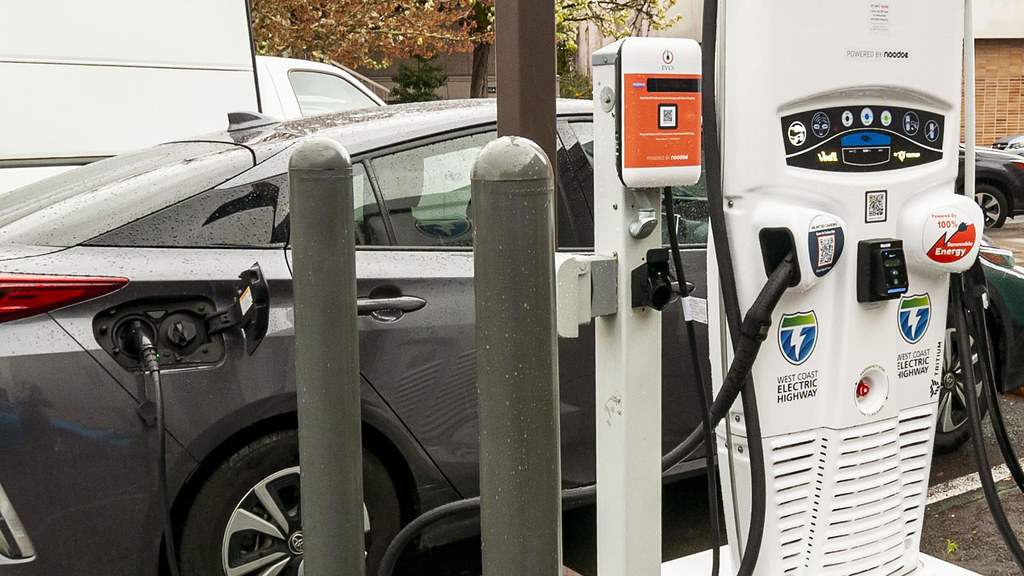
15. **They Have Different Needs**Life circumstances are constantly evolving, and what works for an individual’s transportation needs at one point may not be suitable later. This dynamic nature of personal requirements is another compelling reason why some EV owners ultimately decide to switch back to gas-powered vehicles. An EV that was once a perfect fit might become impractical due to unforeseen life changes.
Consider, for example, someone who moves from a city apartment, where short commutes and public charging might have been manageable, to a rural area where charging infrastructure is sparse and longer drives are common. Or perhaps a job change dictates a significantly longer commute or frequent travel that an EV’s range and charging times simply cannot accommodate. The context illustrates this by mentioning “moving from the city to the country or because they are getting a job further from home.”
In such scenarios, the practical limitations of an EV—whether it’s range, charging access, or towing capacity—can quickly render it unsuitable for their “evolving personal transportation needs.” Rather than forcing their lifestyle to fit the vehicle, many owners opt for the flexibility and convenience of a gas-powered car, which can adapt more readily to a broader array of situations. This pragmatic decision highlights that vehicle choice is deeply intertwined with personal life stages and geographical realities.
**EVs, Not a One-Size-Fits-All Solution (Yet)**
The journey towards an electric future is undoubtedly underway, but as we’ve explored, it’s a road still under considerable construction, filled with bumps and detours for a segment of drivers. The surprising trend of EV owners making a U-turn back to gasoline cars isn’t necessarily a wholesale rejection of electric technology itself, but rather a robust “reality check” for the industry and consumers alike. As the context aptly puts it, this shift is a powerful reminder that “lifestyle, location, and personal priorities matter.”
While electric vehicles undeniably offer numerous benefits, including environmental advantages and cutting-edge features, they are clearly not a “one-size-fits-all” solution in their current form. For many individuals, the continued flexibility, lower upfront costs, and sheer peace of mind offered by gas-powered vehicles remain an irresistible draw. Philipp Kampshoff suggests that the reasons for dissatisfaction—primarily charging infrastructure and resale values—are “fixable,” signaling that the industry has clear pathways to address these issues.
Read more about: Farrah Fawcett’s Secret Lover: A Deep Dive into the Hidden Romance of an Icon and Other Unveiled Star Affairs
The data reveals a nuanced picture: a significant majority of EV owners remain loyal, but the challenges faced by those who switch back are real and require urgent attention. As the market continues to mature and infrastructure improves, the aspiration of a truly seamless electric future will become more attainable. Until then, gas-powered cars will continue to serve as a reliable, familiar choice for those whose needs and circumstances aren’t yet perfectly aligned with the electric dream. The conversation isn’t about one technology being inherently superior, but about ensuring that all drivers find the best fit for their journey.


